- Size
- Smallest
- Small
- Small to Medium
- Medium
- Large
- Giant
- Characteristics
- Smartest
- Hypoallergenic
- Fluffy
- Best Guard
- Best Family
- Best for Kids
- Low Shedding
- Healthiest
- Police Dogs
- Most Calm
- Quietest
- Color
- White
- Black
- Grey
- Brown
- Blue
- Red
- Coat
- Hairless
- Short
- Long
- Origin
- Japan
- China
- Australia
- Germany
- Italy
- United States
- France
- Group
- Hound
- Terrier
- Herding
- Toy
- Working
- Sporting
How Long Does It Take A Dog To Show Signs Of Parvo?
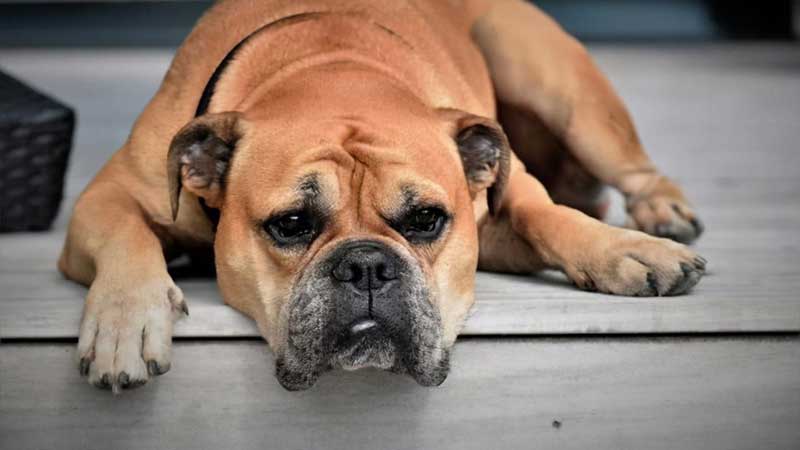
What is parvo?
Parvo is a highly contagious virus that affects a dog’s intestines and stops the body from absorbing nutrients. These dogs may vomit, bleed from their rectum, have bloody diarrhea, and experience rapid weight loss.
What causes parvo?
Parvo is a bacteria-based virus that can be spread through the dog’s feces, contaminated food or water, or from an infected animal. Dogs infected with parvo have been known to have ingested the virus from unsanitary conditions, such as being licked by an infected dog. The virus can also spread to a healthy dog through contact with objects that an infected dog has touched.
How long does it take for dogs to show signs of parvo?
The disease typically takes about one week to incubate before symptoms appear, although severe cases might not develop symptoms for as much as a month after infection. Most dogs begin showing signs of parvo between five and ten days after being infected.
What are the early symptoms of parvo?
Most dogs will develop symptoms that include vomiting, diarrhea, lethargy, loss of appetite, and dehydration. Other signs include bloody stools, abdominal pain, and fever. The first stage of illness is known as acute onset and occurs in about two in every three dogs that contract parvo. During this stage, the virus attacks the dog’s intestines and other cells throughout the body. Dogs become extremely ill during this time.
If a dog can fight off the infection in the acute phase, it may enter stage two, which is known as the subclinical phase. Dogs that enter this phase will only show some mild symptoms of parvo if any at all. This phase typically lasts between two and three weeks.
The final stage is known as the persistent or chronic phase. In this phase, the dog will be able to fight off the disease on their own, and they’ll no longer show any signs of illness but remain contagious for months afterward.
Parvo Treatment
Most dogs affected by parvo will recover on their own, although they may experience some lasting effects of the disease. Many dogs lack the energy necessary to fight off the disease and its effects. In these cases, treatment is vital.
There are two different types of treatment that can be administered to a dog that is infected with parvo. The first type of treatment is known as supportive care. This type of treatment only treats symptoms and allows the dog to recover without requiring a hospital stay or any other additional medical intervention while they are sick.
The second type of treatment is to rectify dehydration and electrolyte imbalances. Electrolyte imbalances can be corrected by giving the dog intravenous fluid therapy, while dehydration can be corrected by providing the dog with intravenous fluids or oral rehydration. Treatment is typically necessary for dogs that are severely dehydrated and experiencing severe symptoms.
How to Prevent Parvo
The best way to prevent parvo is the same way most doctors recommend: vaccinating your pet against it. Many veterinarians recommend having your pets vaccinated against parvo once a year, but it doesn’t need to be done more than once every three years. Should your pet show signs of parvo, make sure you take them as soon as possible to a veterinary hospital for treatment.
Additionally, you should avoid walking your dog in areas where other dogs have defecated and make sure that your pet always has access to fresh water and food. Any food or water bowls should always be washed after your pet uses them.
Conclusion
Parvovirus is a common infectious disease that can impact your dog’s health or even kill them if they don’t receive treatment immediately. It usually starts with an incubation period between seven to ten days before showing signs of illness, but some dogs may not show any signs before the first symptoms appear. If you spot any early signs of infection, you should call your veterinarian immediately for treatment. Parvo typically affects dogs around six months old, but younger dogs are also susceptible to it.
References
You May Also Like
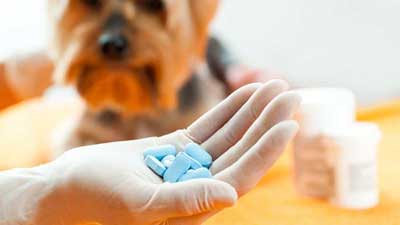 Dog HealthCan I Give Human Amoxicillin To My Dog?
Dog HealthCan I Give Human Amoxicillin To My Dog?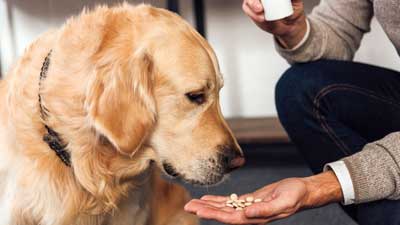 Dog HealthWhat Happens If A Dog Eats Amoxicillin?
Dog HealthWhat Happens If A Dog Eats Amoxicillin?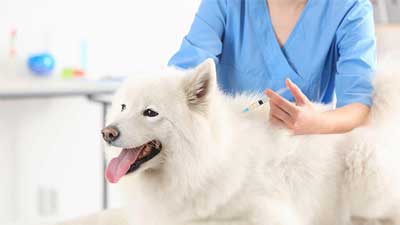 Dog HealthVaccines for Dogs: Here's Everything You Need to Know About It
Dog HealthVaccines for Dogs: Here's Everything You Need to Know About It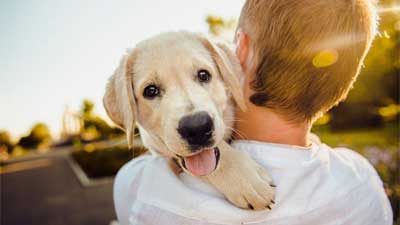 Help & Advice10 Tips for New Dog Owners
Help & Advice10 Tips for New Dog Owners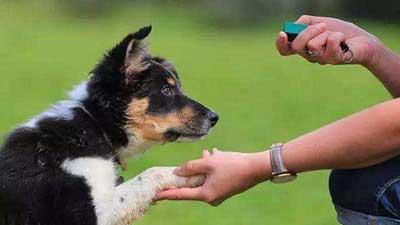 Dog Training Tips5 Things to Know About Puppy Behavior Training Mistakes
Dog Training Tips5 Things to Know About Puppy Behavior Training Mistakes Dog Training TipsHow to Train a Dog To Poop and Pee in One Spot
Dog Training TipsHow to Train a Dog To Poop and Pee in One Spot